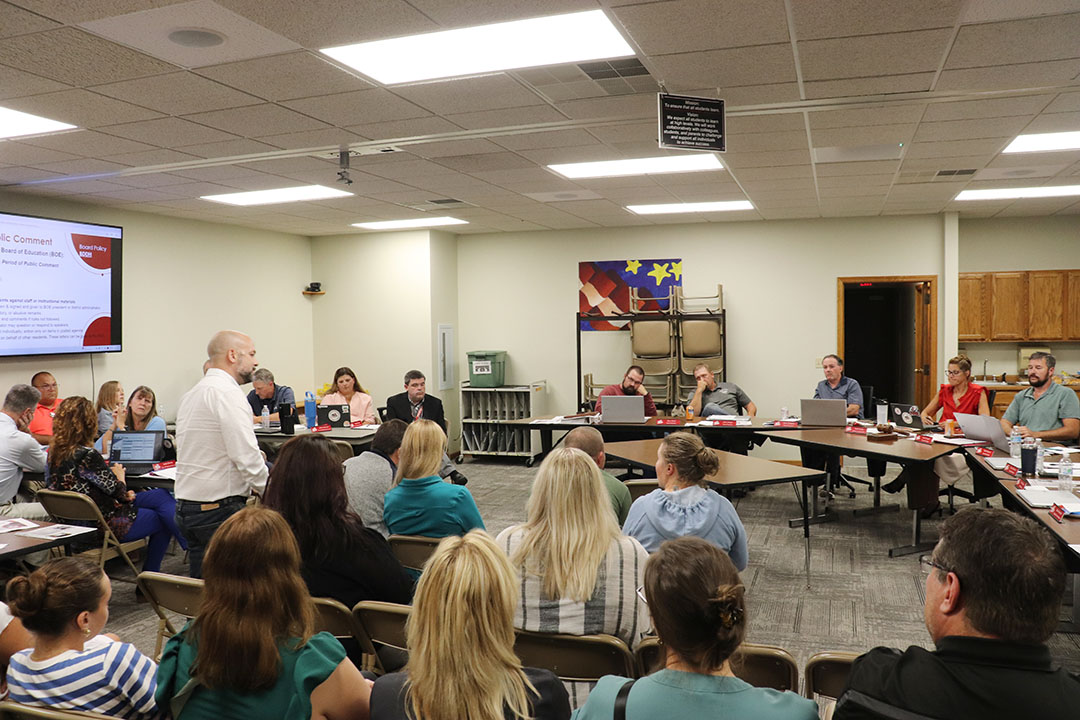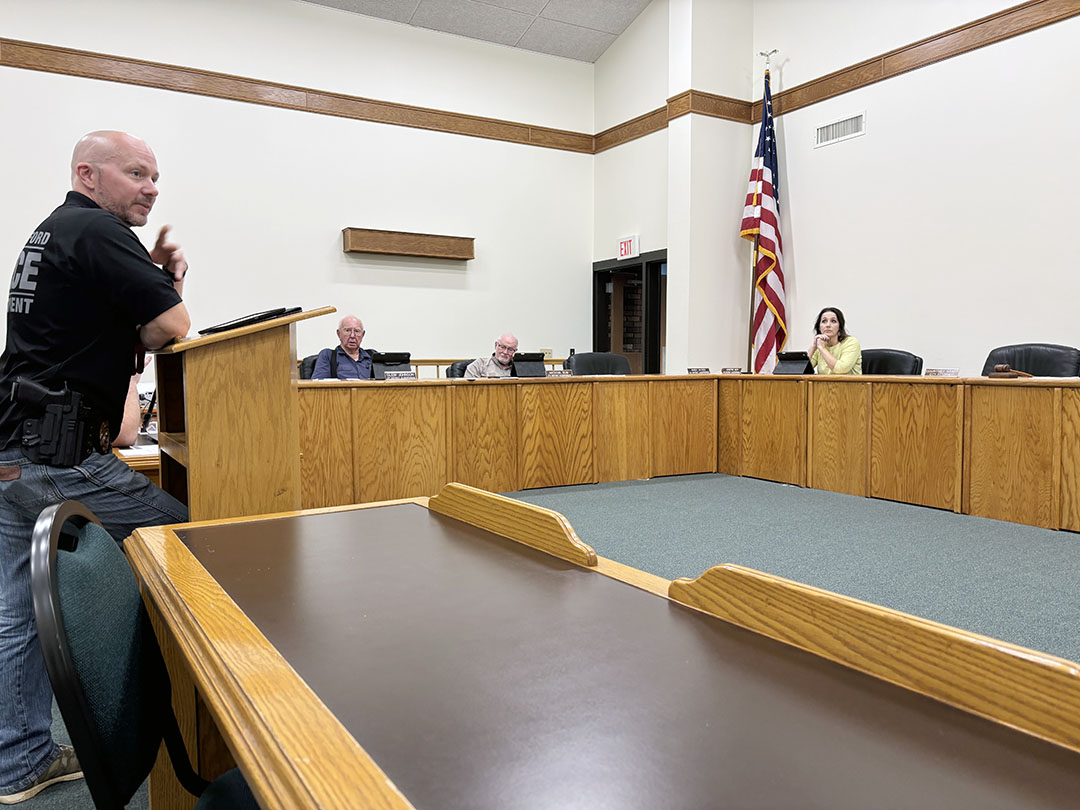What are we really consuming? From hidden toxins to mental clutter - Striking a Chord…


What are we really consuming? From hidden toxins to mental clutter
Greetings! The first item I have for you today is somewhat of a continuation of last week’s column about the potential health hazards of products we regularly use or at least have readily available on store shelves.
As reported by RealSimple.com, Lead Safe Mama, a consumer advocacy site, recently initiated third-party, independent laboratory testing on 52 toothpastes and tooth powders, and found that the vast majority – 90% – tested positive for lead. A substantial number also tested positive for arsenic (65%), cadmium (35%), and mercury (47%).
Lead Safe Mama had both adult’s and children’s brands tested. Among the products that contained lead were some of the most common brands, including Colgate, Crest, and Tom’s of Maine. Fourteen products contained 300 ppb (parts per billion) or higher of lead—which is 30 times the FDA’s acceptable level of lead in foods for children (10 ppb). Although toothpaste is not food, there obviously is a concern because kids often swallow toothpaste.
There are a number of adverse health effects associated with exposure to high levels of lead, including permanent brain damage, developmental delays, and hearing and speech problems in children. In adults, cardiovascular, reproductive, and kidney problems can develop with continued exposure.
The FDA currently allows lead in food, toothpaste, and other products, although the agency acknowledges that there is no known safe level of lead exposure. For toothpaste, the FDA allows 10,000 ppb for fluoride-free toothpaste, and 20,000 ppb for fluoride toothpastes. However, Europe is much stricter, allowing no more than 500 ppb lead in toothpaste. The state of Washington also recently enacted a law setting a 1,000 ppb limit.
In regards to the other contaminants I listed – arsenic is a well-known poison that in high doses can lead to gastrointestinal distress before death. But even in smaller doses, it can prevent a person’s body from repairing cellular DNA, which is why it has been flagged as a carcinogen. I don’t have space to cover the other ones, but the information is out there for you to research if interested. The list of tested toothpastes can be found at tamararubin.com/2025/01/ toothpaste-chart/, and Tamara Rubin, the site’s founder, continues to add results as money is raised for more products to be tested.
It really gives a person pause to think about the food, water, toothpaste, cosmetics and beauty products, drugs, and other substances that we are consuming or being exposed to every day and how much those things are having an effect. Granted, it’s one thing to think about it and it’s another to actually implement lifestyle changes. But, it is encouraging that, as a nation, we are becoming more health conscious or at least a significant subset of the population is, and I’m hoping that will drive regulations and policy reforms.
We can assess all of the material substances that we take into our bodies that affect our physical health, but how often do we assess the immaterial things we consume that have just as much of an effect on our emotional and spiritual health (which in turn bleeds over into our physical health)? Whether it’s the shows or news programs we watch, the music or influencers we listen to, the images we peruse on social media, the opinions of others we listen to, or even the negative thoughts or outright lies about ourselves or others that we keep ruminating on, they all have an effect. It may not be noticeable at first, but eventually it will come out (see Mark 7:21).
According to Google, toxic buildup occurs when the body’s capacity to eliminate toxins is overwhelmed, leading to a buildup of harmful substances. Symptoms can range from mild to severe, including fatigue, mood swings, digestive issues, and chronic diseases. I don’t think it’s far-fetched to say that in the same way, toxic buildup mentally can lead to stress, anxiety, fear, and maybe even mental disorders. It’s up to us to be “informed consumers” and consider what we are going to let into our hearts and minds. But, I digress. -I came across another interesting article recently from BBC Future entitled “The Icy Village Where You Must Remove Your Appendix.” Villas Las Estrellas (population approximately 100) is one of the few settlements in Antarctica. It is south and east of the southernmost tip of South America and part of King George Island, within the Chilean Antarctic Territory. It is also 625 miles away from the nearest major hospital. Because of the distance, anyone who is going to stay there long-term has to have their appendix taken out beforehand, as there are only a few doctors on base, and none are specialist surgeons. Most people who live there are scientists or members of the Chilean military who stay for a few weeks or months and then leave. However, those on longer military assignments are more apt to bring their family members.
The village, whose Spanish name translates to “The Stars Village” or “Hamlet of the Stars,” has a gravel landing strip which serves as the main route in and out. Other features include a post office, church, bank, and sports center with exercise machines and athletic courts. The sports center also serves as a community hub and voting place. The village’s school, serving grades 1-8, closed in 2018.
As one would expect, the weather is brutal. “This winter we could not leave our home for weeks,” said Sergio Cubillos, Chilean commander, when BBC interviewed him in 2018. “It was -47C (-52F).” The average annual temperature 27.9F, which is actually mild for Antarctica. However, summers are still just barely above freezing, and sunshine levels are extremely low.
It is hard to fathom living anywhere so remote with such harsh weather. I suppose it would take someone who is stubborn, strong-willed, and will do what it takes to survive. I imagine it is a very tight-knit community as well.
That’s all for this week. Blessings!



